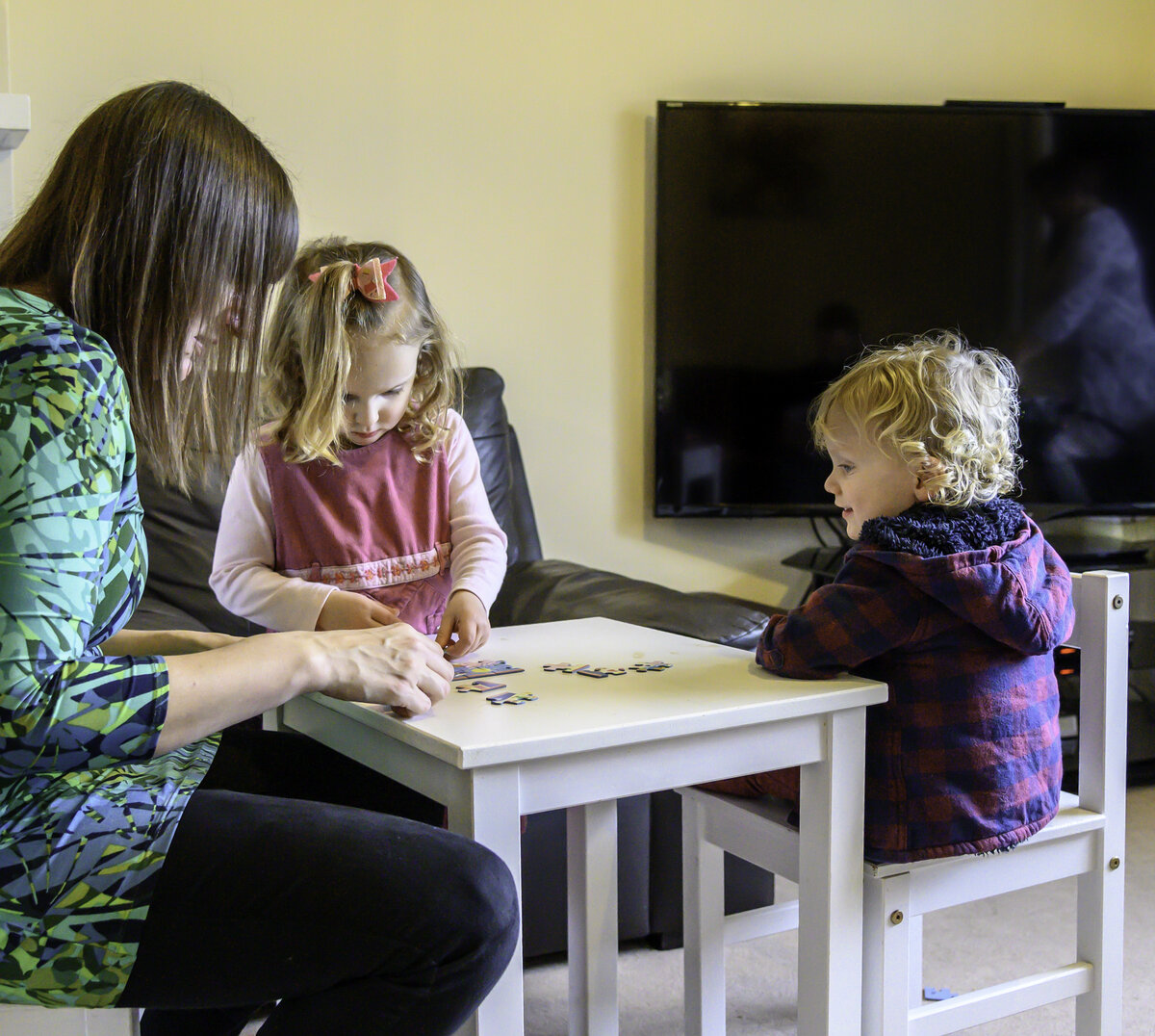Autistic people and suicidality
Published on 27 July 2021
Author: Victoria Newell
Victoria Newell is a PhD student at the University of Nottingham and her research involves creating a self-harm assessment tool for autistic adults. Here Victoria discusses the findings of a large-scale research review of suicidality in autistic people.
Autistic people are at a higher risk of suicide than non-autistic people. Figures show that as many as 11-66% of autistic adults had thought about suicide during their lifetime, and up to 35% had planned or attempted suicide (Hedley, D., & Uljarević, M. 2018). Autistic people are also more at risk of dying by suicide than non-autistic people, with the highest risk seen in autistic people without co-occurring intellectual disability, and autistic women (Hirvikoski, T. et al 2020; Kirby, A.V. et al. 2020).
What have we learnt so far?
We undertook a large-scale review on suicidality in autism research, published since 1992. This revealed that despite still being a small field, the amount of research in this area has rapidly increased since 2014. Research has tended to focus on the prevalence of suicidality in autistic people, but recently there has been a move towards understanding the “why” behind the increased risk – this is essential to improving suicide prevention in autistic people.
Why are autistic people more at risk?
Just like in the general population, experiencing mental health problems, social isolation and unemployment can increase suicide risk in autistic people. Yet, being autistic in itself is thought to contribute to this risk over and above these other factors (Cassidy, S. A. et al 2018b).
Camouflaging
Camouflaging, or masking, is when an autistic person actively hides their autistic traits during social situations in order be accepted by non-autistic peers. It negatively affects the mental health of autistic people, and is associated with higher rates of suicidality (Bradley, L. et al 2021; Cassidy, S. A. et al 2020a; Cassidy, S. A. et al 2020b). Likewise, camouflaging can mean less support if professionals underestimate an autistic persons’ true level of distress (Camm-Crosbie, L. et al 2019).
Alexithymia
Some autistic people also experience alexithymia, making it difficult for them to identify and describe their own emotions (Costa, A.P. et al 2020). Therefore an individual may not recognise they are in crisis, or be less likely to seek help if they can’t put their feelings into words.
Repetitive thoughts
Autistic individuals can also get stuck on or continuously mull over a particular thought or behaviour. If suicide crosses their mind, it may be more likely to stay there. This persistent thinking can lead to feeling trapped in an unbearable situation, with no hope of escape or rescue (South, M. et al. 2019; Arwert. T.G., Sizoo, B.B. 2020).
Lack of support
On top of everything, autistic people also experience an absence of appropriate support and services for mental health problems and suicidality (Camm-Brosbie, L. et al. 2019), and report a higher number of unmet needs compared with the general population. This lack of support is associated with an increased risk of depression and suicidality in autistic individuals (Cassidy, S. A. et al. 2018b).
Which research areas should be prioritised going forward?
The review also identified a shortage of research in a number of areas that are essential to addressing the issue of suicidality in autistic people.
1. Developing and adapting assessments for suicide risk.
Most screening tools for risk were developed for the general population, and are unlikely to capture aspects of suicidality that are unique to autistic people (Cassidy, S. A. et al, 2018a). Tools also generally rely on a person being able to self-report on their emotional state, however we know that autistic individuals can have difficulty putting their feelings into words and may interpret questions differently than intended (Cassidy, S. A. et al, 2018a).
Brief risk assessment tools for suicidality are not recommended as these are poor predictors of future self-harm and suicide attempts (Quinlivan, L. et al, 2019; Quinlivan, L. et al. 2017). A recent priority setting exercise, in partnership with autistic people and those who support them, also identified “what are the best ways of assessing suicidal thoughts and behaviours in research and clinical practice?” as a top priority for future research (Cassidy, S. A. et al. 2021b).
Autistic people and their families have already made some suggestions to improve assessment of suicidality (Hughes, C. et al., 2020; Cassidy, S. A. et al., 2021b):
- listen to and believe the autistic person
- ask clear and specific questions
- give time for the autistic person to process the question
- check that the autistic person has interpreted and responded to questions as expected
- use accessible tools to help autistic people monitor and report on their mental health (e.g. Cassidy, S. A. et al 2021a; Crane, L. et al 2017).
2. Improving ways to reduce and prevent suicidality.
There are no treatments or prevention strategies specifically for autistic people who experience suicidality. A lack of professional knowledge and understanding of autism, means some autistic people may not seem ‘autistic enough’ for support (Camm-Crosbie, L. et al. 2019), or will receive support strategies developed for non-autistic people. Absence of, or inappropriate support, can cause feelings of disempowerment, burdensomeness, social isolation and hopelessness (Camm-Crosbie, L. et al. 2019).
Existing interventions have already been successfully modified to meet the needs of autistic people. A modified version of cognitive behavioural therapy (CBT) has been effective in reducing mental health problems such as anxiety and depression for autistic people (Spain, D. et al 2015). Modifications to dialectic behaviour therapy (Huntjens, A. et al 2020) and suicide safety plans (Rodgers, J. et al 2020) are also being trialled for suicide prevention in autistic people.
3. Understanding the lived experience of autistic individuals.
We HAVE to work with autistic people and actively involve them in the research process. Involving autistic people in research from start to finish has provided invaluable insights that would not have been otherwise possible. For example, a steering group of autistic adults helped identify and measure camouflaging as a unique risk factor for suicidality in autism (Cassidy. S. A et al. 2018b).
We still have a long way to go in tackling the worryingly high suicide risk that autistic people face. But by working together and properly prioritising future research, we can continue to make positive steps towards change.













